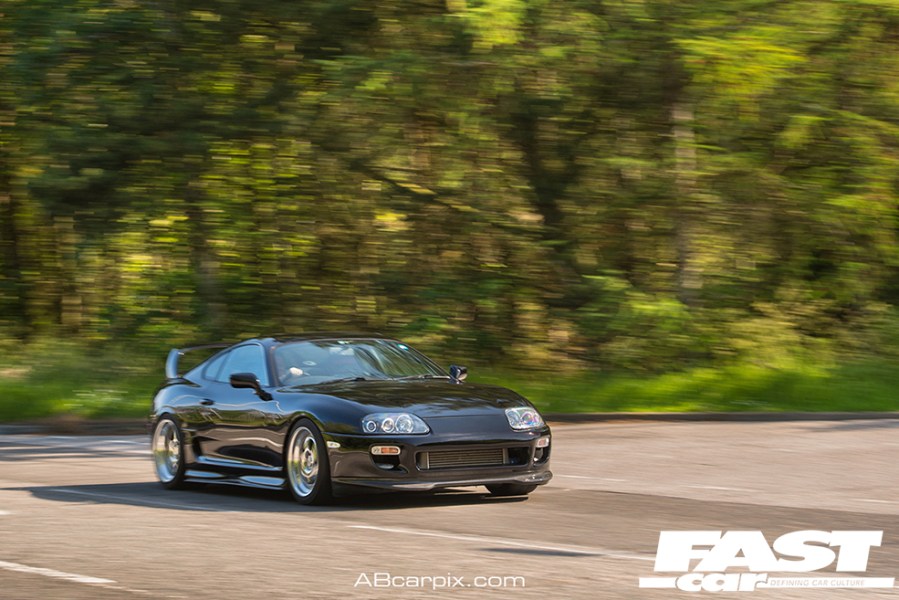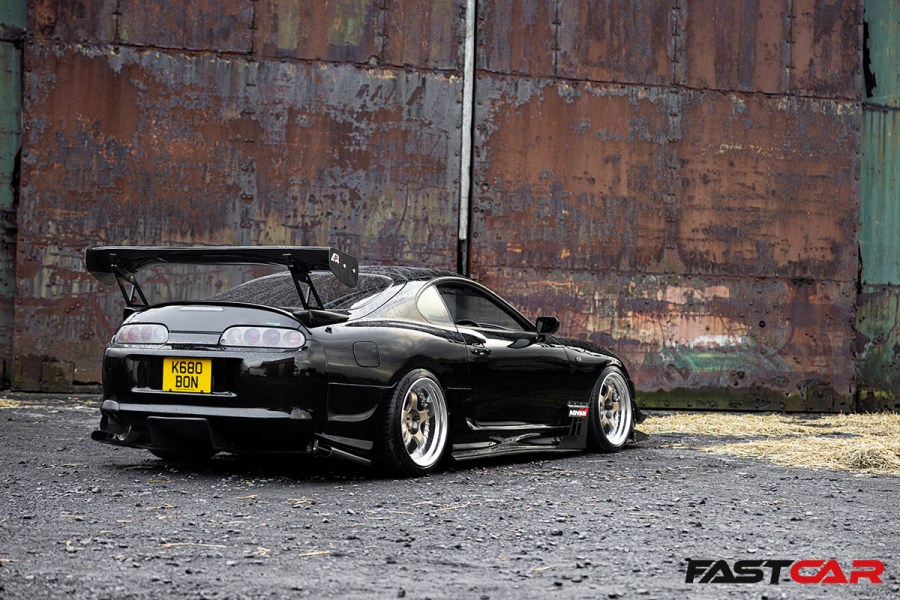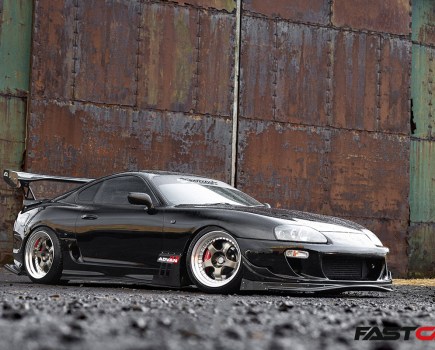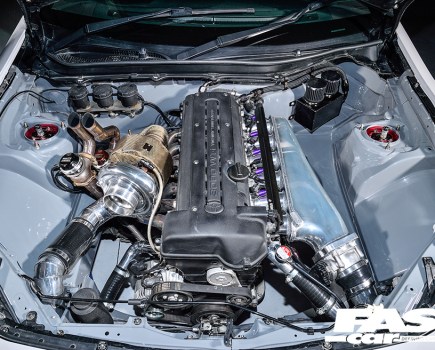Having cemented god-like status in the car tuning community, the Toyota Supra Mk4 is about a strong a statement as you can make at a car event. Here’s our Supra buying and tuning guide.
With so much excitement and disappointment around the A90 Supra, there’s been a natural resurgence in interest for the old A80/Mk4. Of course, for people like us this enthusiasm never went away – we love these things, stock or modified, UKDM or JDM, subtle-and-smooth or big-power-and-boisterous, we’re well into a nineties Supra. So much so that we placed it in our list of the best used cars to buy.
Toyota Supra Mk4 history
At launch, the Toyota Supra Mk4 offered a pair of fresh new engines: the 3.0-litre 2JZ-GE straight-six offered 220bhp, while the twin-turbocharged 2JZ-GTE amped this up to 276bhp. For the export models, Toyota saw fit to pump up the adrenaline a little, adding bigger fuel injectors and smaller steel-wheeled turbos to produce a peak 326bhp.
The holy grail for the UK buyer today is to find a genuine UK TT6; that is, a twin-turbo with a manual six-speed gearbox in full-fat UK spec. Not easy to achieve, but they do exist! Giveaway details are that the UK models had a bonnet scoop and glass headlights instead of plastic.
Check out our guide to tuning the legendary 2JZ-GTE packed full of advice on all power levels.
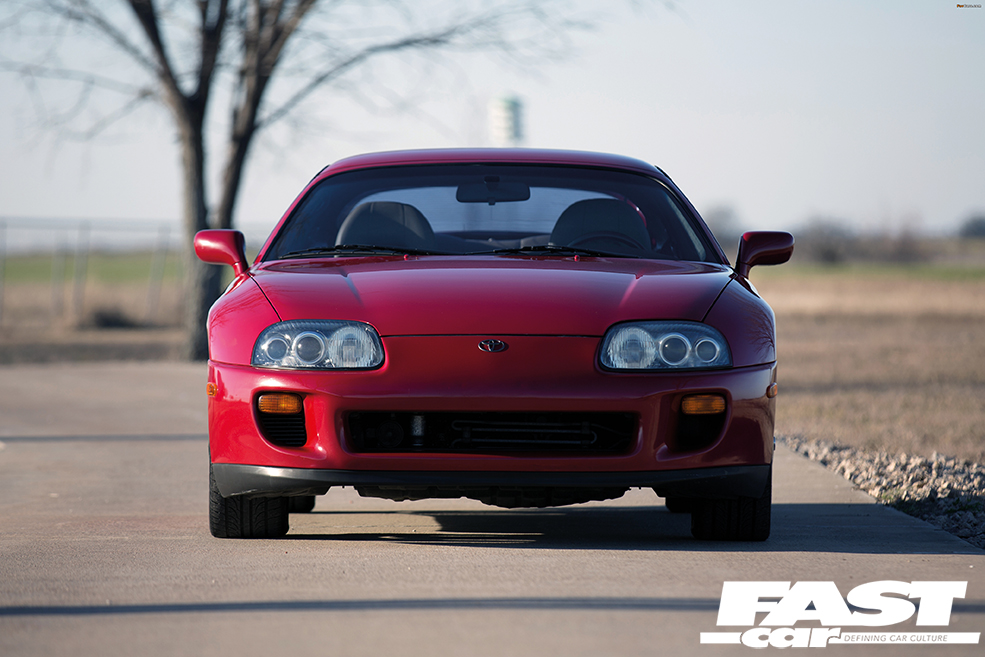
Gearbox options
In all markets, the turbo models had the option of the Getrag six-speed manual gearbox. Nat-asp cars made do with the W58 five-speed manual. Although the GT nature of the car means that a lot of them were bought with four-speed automatic transmissions, which does rather dull the fun. That being said, die-hard enthusiasts will claim the automatic model is actually faster than manual cars. While on some occasions that may be true, the moment you start adding extra power will be the moment you wished it was a manual…
Turbos got 17-inch wheels while nat-asps had sixteens, and with either engine you could option a targa Aerotop. The SZ-R, available from 1994, had the option of bigger 4-pot brakes, as did the RZ from 1995. This was also the year that Recaro seats arrived on the option list. A mild facelift in 1996 introduced Sport ABS and made dual airbags standard-equipment, along with revising gear ratios and equipping the RZ with an aluminum radiator.
Turbo models from 1997 had VVT-I along with revised ‘REAS’ suspension, and automatics had Tiptronic gear selection added. The Aerotop was discontinued in 1999, and Supra production ended in July 2002.
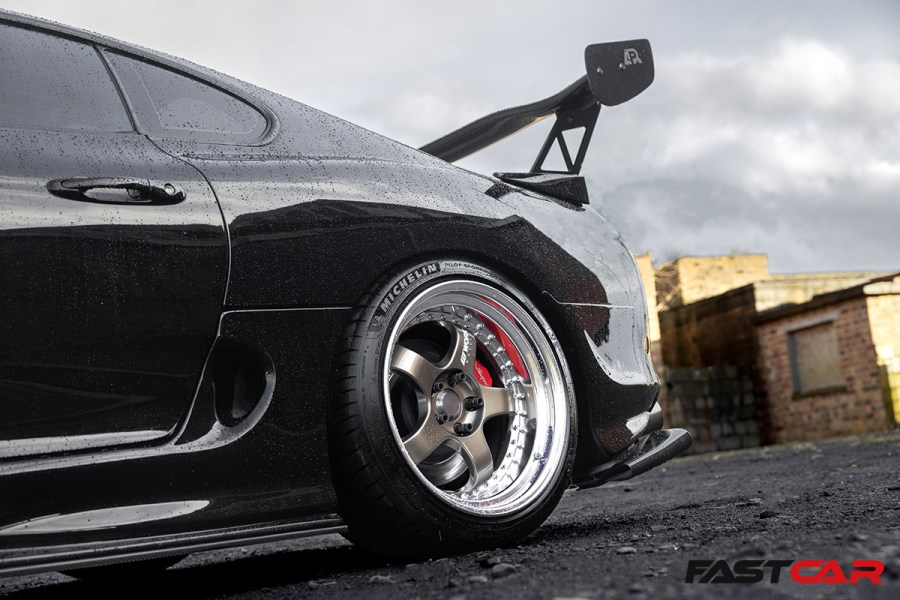
Why do people love the Toyota Supra Mk4?
There are a few reasons why enthusiasts love the Toyota Supra Mk4. It shot to fame thanks to its appearances in the Fast & Furious movie franchises, with Brian O’Conner famously picking up a burned example for Dominic Toretto to settle his 10-second car debt. The movies shed light on the extensive aftermarket available for Japanese tuner cars, with the likes of the Mk4 Supra, Skyline and RX-7 sitting on top of that tree. But even before these movies, enthusiasts all over the world had torn the 2JZ engine apart in such of unimaginable power. You see, this engine is one of automotive’s seven wonders. It was only a few years after the Supra arrived that cars were producing over 1000bhp.
It’s lust for more power, the sound it made, coupled with the elegant looks, excellent chassis and arguably the best interior in the business made it a hit. Speaking of that interior, Toyota nailed it. The cabin is angled around the driver, like in a fighter jet cockpit. After all, there’s only one driver, and therefore everything should be angled towards them.
There’s also no forgetting its success on the race track either, and subsequent use in videogames. While the JTCC Supras weren’t powered by the 2JZ engines, they did provide the base for some of the most recongisable liveries in motorsport today thanks to cars taking multiple race wins and titles. Remember that Castrol livery? How could you forget?!
Toyota Supra Mk4 common problems & things to look out for
It’s pleasing to know that Supras are pretty bombproof. Just look out for age-related wear such as warping of the dash top, boot rubbers perishing, and yellowing of the headlights on JDM examples. Naturally, being a 1990s Japanese car, you need to check thoroughly for rust. As a rule, fresh imports are likely to be less rusty than older imports or UK cars.
You should also be careful to check through the history, particularly as very few Supras on the market are factory-standard. If it’s been modified, ensure that it’s been done by competent people with quality parts. There was a time when you could pick up Supras for relative peanuts, and some have been ham-fistedly modded by people who saw The Fast and The Furious and thought ‘how hard can that be?’.
And finally, keep in mind that imported cars will have a 112mph speed limiter. Oh, and of course the easiest way to spot a proper UK car is by its functional bonnet vent, glass headlights and headlamp washer ‘horns’.

Toyota Supra Mk4 prices
It’s very much a case of déjà vu when it comes to Mk4 Supra prices, as like its JDM rivals such as the Skyline GT-R, prices have started to climb as more and more stock, original examples become harder to find. In fact, finding a bone-stock manual TT Mk4 Supra is like trying to find a needle in a haystack. That being said, there are usually a few automatic, non-turbo models on the UK market, with prices starting from around £25,000, but the average price is naturally much higher.
Modified, manual TT examples can be seen for around £40,000+, depending on the level of modification, mileage and condition. We spoke with import and tuning company JM Imports who reckons you’ll need around £50,000+ to get your hands on a manual, twin-turbo Supra. Chances are, though, you’ll be looking at a modified example so do your homework, ask the seller what modifications have been added and who carried out the work, the more provenance the better.
As for the American selection of Mk4 Supras, ropey examples start at closer to $35,000 but on average you can expect to pay between $60-70,000 for a good one. The cream of the crop can fetch extraordinary prices though, extending close to – and sometimes beyond – six figures.
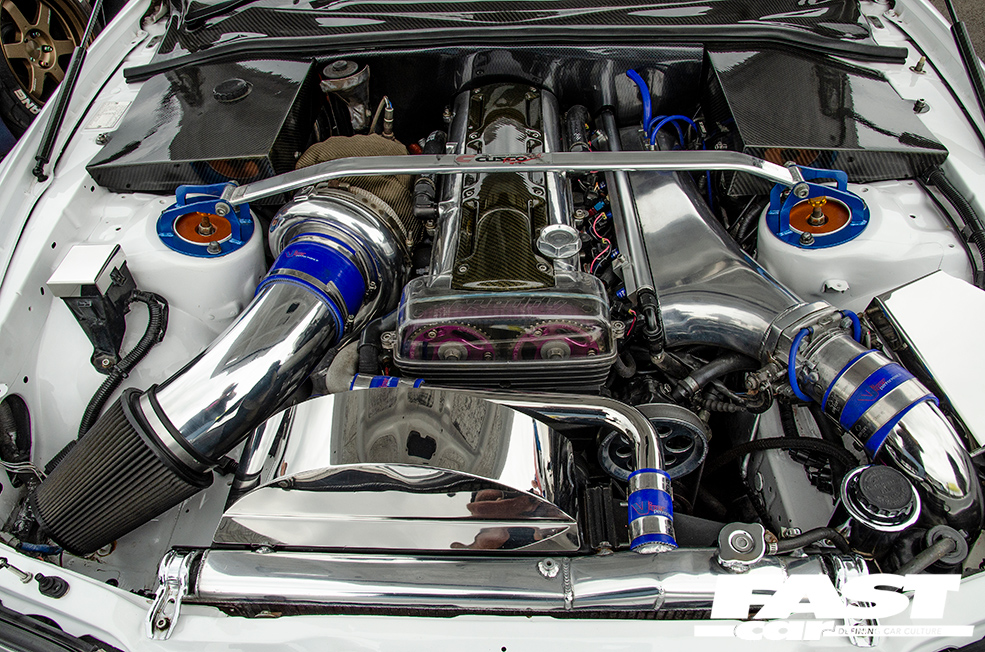
Should you buy a Toyota Supra Mk4?
There are a couple of schools of thought here, but all of them end up with the same answer. If you can afford to buy one at current prices, then yes you should. The Supra is one of those iconic drives that earned a reputation for a reason. Whether in stock, midly tuned or obsencely modified, the Supra will deliver on thrills that few cars can.
With the lust for Japanese classic cars only growing stronger, there’s not much worry of losing money on your investment either, whether you decide to park it up and leave it in a garage or use it.
And if you want to see what all the fuss is about, there’ll be plenty on display at our Classic Japfest event at Goodwood.
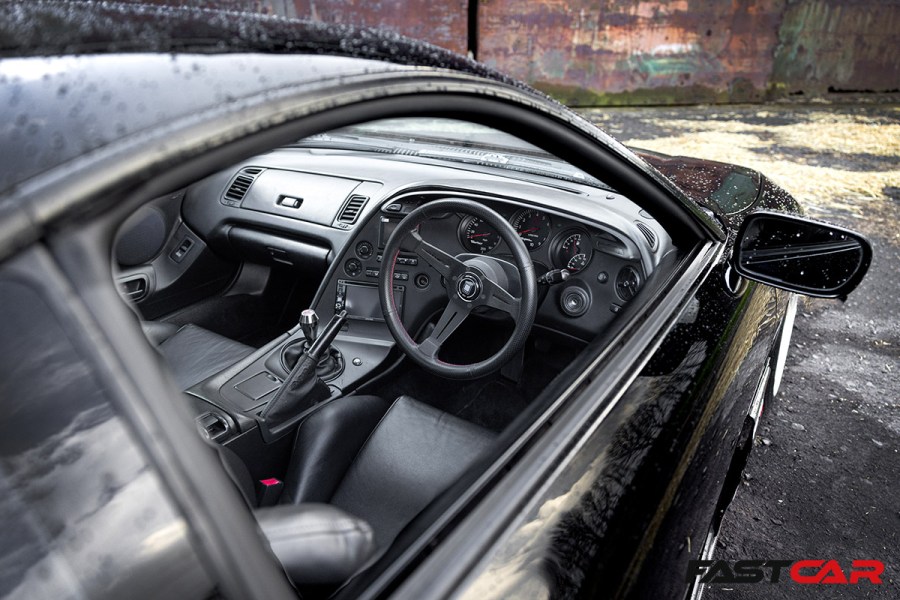
Best Toyota Supra Mk4 modifications
We’ve highlighted five modifications below that will enhance your Supra experience. For more details on tuning a Supra Mk4, check out our how to tune a 2JZ-GTE guide. We’ve packed it full of advice on tuning the legendary engine to all power levels.
Exhaust
Price: From $550/£450 (backbox)
The 2JZ responds well to exhaust upgrades (particularly if you throw in a decat), and we reckon Supras only look proper with a huge drainpipe poking out the back! The Blitz Nur Spec-R is a popular choice – buy it here.
Fuel Cut Defender
Price: $150/£130
An essential for modded turbo models, the FCD changes the airflow signal to the ECU to trick it into thinking it never sees more than 1 bar of boost, which is the point where the computer cuts the fuel supply as a safeguard. JDM icons HKS supply an FCD which you can use on your Supra. Buy it here.
Single turbo
Price: $/£ various
If you’re chasing big power (and remember, the stock internals should be good for well over 500bhp), swapping to a big single turbo is always a strong option. Japspeed can set you up with the required conversion gear for around $200/£180, and then it’s just a case of finding a big ol’ snail to hook everything up to. Buy the Japspeed conversion kit here.
Intercooler
Price: $450/£359
A bigger front-mount intercooler is another must for turbo Supras – Japspeed are, once again, the experts here. Click this link to get yours.
Big Brake Kits
Price: From $3600/£2900 for the brands mentioned below. Cheaper (lesser) kits are also available.
The stock brakes are pretty damn good, but you’ll need them to be even better if you’re throwing more power in. Popular big brake kits for the A80 include the Brembo range, or offerings from AP Racing.
